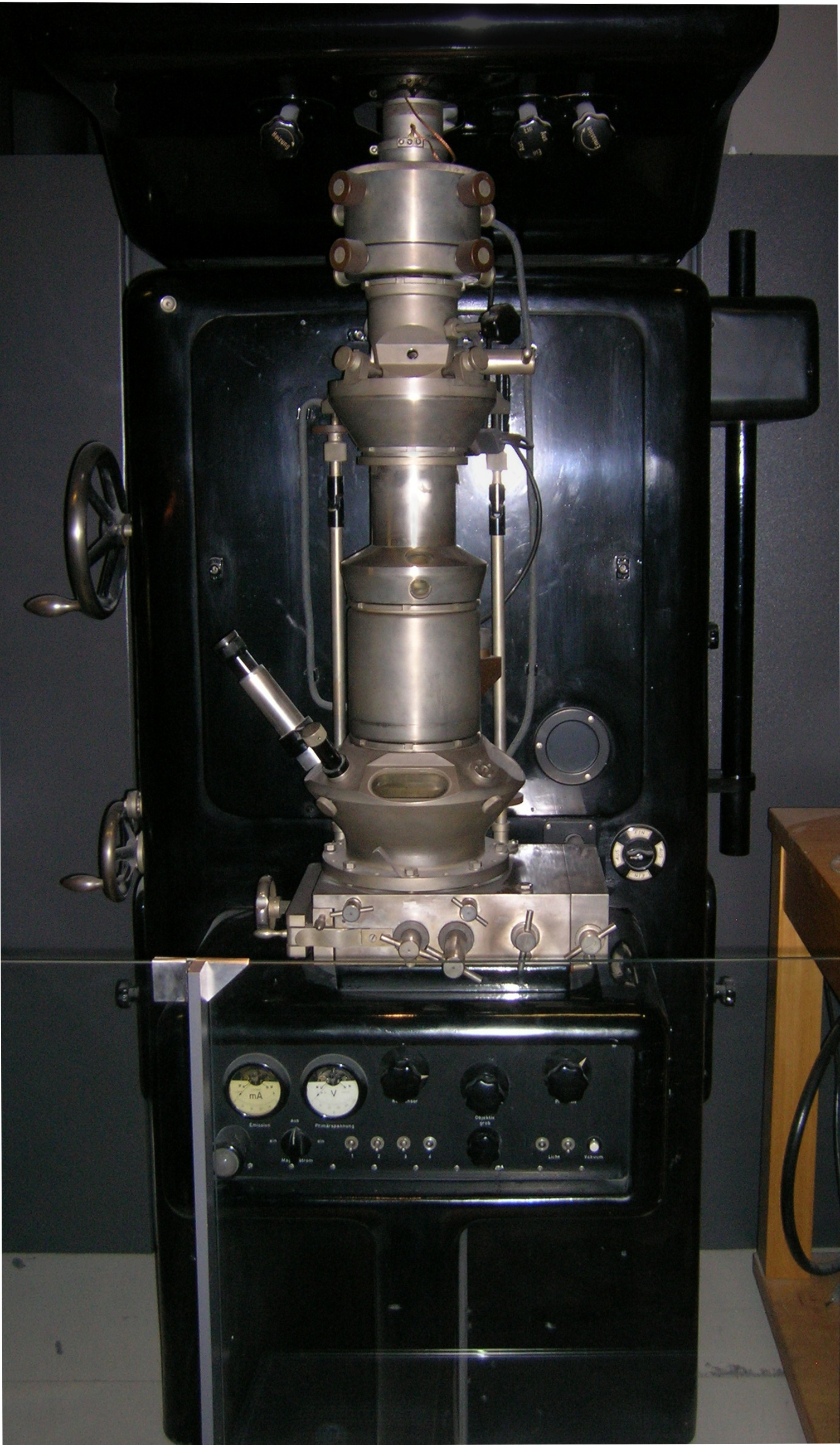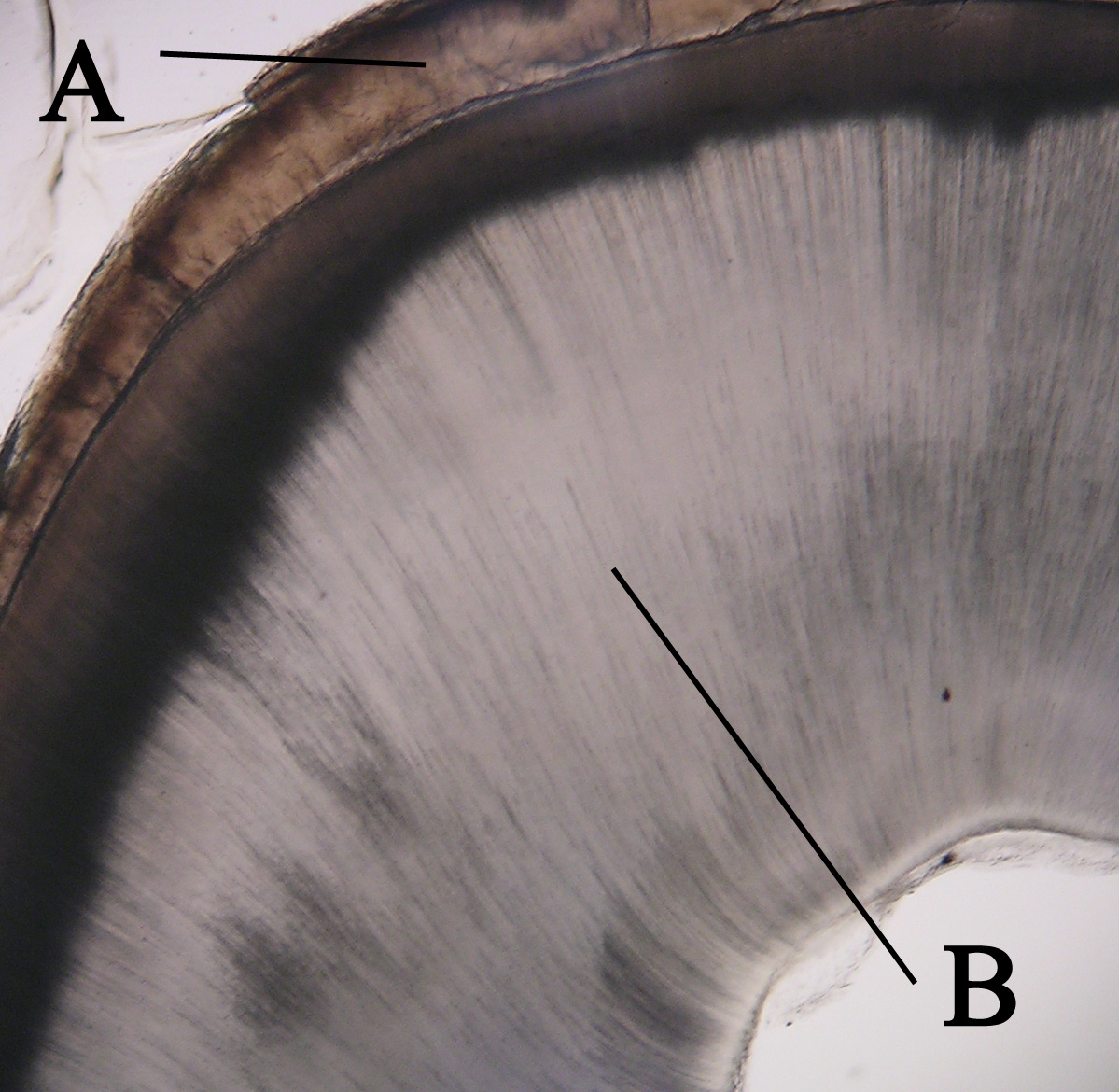|
SMHBZ8
''SMHBZ8'' is a lytic bacteriophage that infects the bacteria ''Streptococcus mutans''. The virus was isolated in 2020. Genome and morphology Transmission electron microscopy (TEM) found ''SMHBZ8'' to have a B1 morphology with an isometric head diameter of approximately 56 nm, a long non-contractile tail with an approximate length of 244 nm, and a tail width of 10.9 nm. Whole genome sequencing revealed a genome size of 32,460 base pairs. Analysis indicated that ''SMHBZ8'' appeared to be related to other ''S. mutans'' phages, including ''M102'', ''M102AD'', and ''APCM01''. While all four phages shared approximately 75% sequence identity, core gene analysis identified only seven genes fully conserved across all genomes. ''SMHBZ8'' possessed 32 unique genes compared to the other phages, with two unique genes coding for lysins (QKE60409.1 and QKE60410.1) being identified. Research ''SMHBZ8'' has been studied as a possible phage therapy agent to treat tooth decay by infecting and cau ... [...More Info...] [...Related Items...] OR: [Wikipedia] [Google] [Baidu] |
Streptococcus Mutans
''Streptococcus mutans'' is a Facultative anaerobic organism, facultatively anaerobic, gram-positive coccus (round bacteria, bacterium) commonly found in the human oral cavity and is a significant contributor to dental caries, tooth decay. The microbe was first described by James Kilian Clarke in 1924. This bacterium, along with the closely related species ''Streptococcus sobrinus'', can cohabit the mouth: Both contribute to oral disease, and the expense of differentiating them in laboratory testing is often not clinically necessary. Therefore, for clinical purposes they are often considered together as a group, called the mutans streptococci. This grouping of similar bacteria with similar tropism can also be seen in the viridans streptococci – of which ''Streptococcus mutans'' is itself also a member. Ecology ''S. mutans'' is naturally present in the human oral microbiota, along with at least 25 other species of oral streptococci. The Taxonomy (biology), taxonomy of these ba ... [...More Info...] [...Related Items...] OR: [Wikipedia] [Google] [Baidu] |
Transmission Electron Microscopy
Transmission electron microscopy (TEM) is a microscopy technique in which a beam of electrons is transmitted through a specimen to form an image. The specimen is most often an ultrathin section less than 100 nm thick or a suspension on a grid. An image is formed from the interaction of the electrons with the sample as the beam is transmitted through the specimen. The image is then magnified and focused onto an imaging device, such as a fluorescent screen, a layer of photographic film, or a detector such as a scintillator attached to a charge-coupled device or a direct electron detector. Transmission electron microscopes are capable of imaging at a significantly higher resolution than light microscopes, owing to the smaller de Broglie wavelength of electrons. This enables the instrument to capture fine detail—even as small as a single column of atoms, which is thousands of times smaller than a resolvable object seen in a light microscope. Transmission electron micr ... [...More Info...] [...Related Items...] OR: [Wikipedia] [Google] [Baidu] |
Bacteriophage
A bacteriophage (), also known informally as a phage (), is a virus that infects and replicates within bacteria. The term is derived . Bacteriophages are composed of proteins that Capsid, encapsulate a DNA or RNA genome, and may have structures that are either simple or elaborate. Their genomes may encode as few as four genes (e.g. Bacteriophage MS2, MS2) and as many as hundreds of genes. Phages replicate within the bacterium following the injection of their genome into its cytoplasm. Bacteriophages are among the most common and diverse entities in the biosphere. Bacteriophages are ubiquitous viruses, found wherever bacteria exist. It is estimated there are more than 1031 bacteriophages on the planet, more than every other organism on Earth, including bacteria, combined. Viruses are the most abundant biological entity in the water column of the world's oceans, and the second largest component of biomass after prokaryotes, where up to 9x108 virus, virions per millilitre have b ... [...More Info...] [...Related Items...] OR: [Wikipedia] [Google] [Baidu] |
Base Pairs
A base pair (bp) is a fundamental unit of double-stranded nucleic acids consisting of two nucleobases bound to each other by hydrogen bonds. They form the building blocks of the DNA double helix and contribute to the folded structure of both DNA and RNA. Dictated by specific hydrogen bonding patterns, "Watson–Crick" (or "Watson–Crick–Franklin") base pairs (guanine–cytosine and adenine–thymine) allow the DNA helix to maintain a regular helical structure that is subtly dependent on its nucleotide sequence. The complementary nature of this based-paired structure provides a redundant copy of the genetic information encoded within each strand of DNA. The regular structure and data redundancy provided by the DNA double helix make DNA well suited to the storage of genetic information, while base-pairing between DNA and incoming nucleotides provides the mechanism through which DNA polymerase replicates DNA and RNA polymerase transcribes DNA into RNA. Many DNA-binding proteins ... [...More Info...] [...Related Items...] OR: [Wikipedia] [Google] [Baidu] |
Lysin
Lysins, also known as endolysins or murein hydrolases, are hydrolase, hydrolytic enzymes produced by bacteriophages in order to cleave the host's cell wall during the final stage of the lytic cycle. Lysins are highly evolved enzymes that are able to target one of the five bonds in peptidoglycan (murein), the main component of bacterial cell walls, which allows the release of progeny virions from the lysed cell. Cell-wall-containing Archaea are also lysed by specialized pseudomurein-cleaving lysins, while most archaeal viruses employ alternative mechanisms. Similarly, not all bacteriophages synthesize lysins: some small single-stranded DNA and RNA phages produce membrane proteins that activate the host's Autolysis (biology), autolytic mechanisms such as autolysins. Lysins were first used therapeutically in 2001 by the Fischetti lab (see below) and are now being used as antibacterial agents due to their high effectiveness and specificity in comparison with antibiotics, which are sus ... [...More Info...] [...Related Items...] OR: [Wikipedia] [Google] [Baidu] |
Phage Therapy
Phage therapy, viral phage therapy, or phagotherapy is the therapeutic use of bacteriophages for the treatment of pathogenic bacterial infections. This therapeutic approach emerged at the beginning of the 20th century but was progressively replaced by the use of antibiotics in most parts of the world after the Second World War. Bacteriophages, known as phages, are a form of virus that attach to bacterial cells and inject their genome into the cell. The bacteria's production of the viral genome interferes with its ability to function, halting the bacterial infection. The bacterial cell causing the infection is unable to reproduce and instead produces additional phages. Phages are very selective in the strains of bacteria they are effective against. Advantages include reduced side effects and reduced risk of the bacterium developing resistance, since bacteriophages are much more specific than antibiotics. They are typically harmless not only to the host organism but also to ot ... [...More Info...] [...Related Items...] OR: [Wikipedia] [Google] [Baidu] |
Tooth Decay
Tooth decay, also known as caries,The word 'caries' is a mass noun, and is not a plural of 'carie'.'' is the breakdown of teeth due to acids produced by bacteria. The resulting cavities may be a number of different colors, from yellow to black. Symptoms may include pain and difficulty eating. Complications may include periodontal disease, inflammation of the tissue around the tooth, tooth loss and infection or dental abscess, abscess formation. Tooth regeneration is an ongoing Stem-cell therapy, stem cell–based field of study that aims to find methods to reverse the effects of decay; current methods are based on easing symptoms. The cause of cavities is acid from bacteria dissolving the hard tissues of the teeth (Tooth enamel, enamel, dentin and cementum). The acid is produced by the bacteria when they break down food debris or sugar on the tooth surface. Simple sugars in food are these bacteria's primary energy source and thus a diet high in simple sugar is a risk factor. I ... [...More Info...] [...Related Items...] OR: [Wikipedia] [Google] [Baidu] |
Dentin
Dentin ( ) (American English) or dentine ( or ) (British English) () is a calcified tissue (biology), tissue of the body and, along with tooth enamel, enamel, cementum, and pulp (tooth), pulp, is one of the four major components of teeth. It is usually covered by enamel on the crown and cementum on the root and surrounds the entire pulp. By volume, 45% of dentin consists of the mineral hydroxyapatite, 33% is organic material, and 22% is water. Yellow in appearance, it greatly affects the color of a tooth due to the translucency of enamel. Dentin, which is less mineralized and less brittle than enamel, is necessary for the support of enamel. Dentin rates approximately 3 on the Mohs scale of mineral hardness. There are two main characteristics which distinguish dentin from enamel: firstly, dentin forms throughout life; secondly, dentin is sensitive and can become hypersensitive to changes in temperature due to the sensory function of odontoblasts, especially when enamel recedes an ... [...More Info...] [...Related Items...] OR: [Wikipedia] [Google] [Baidu] |





